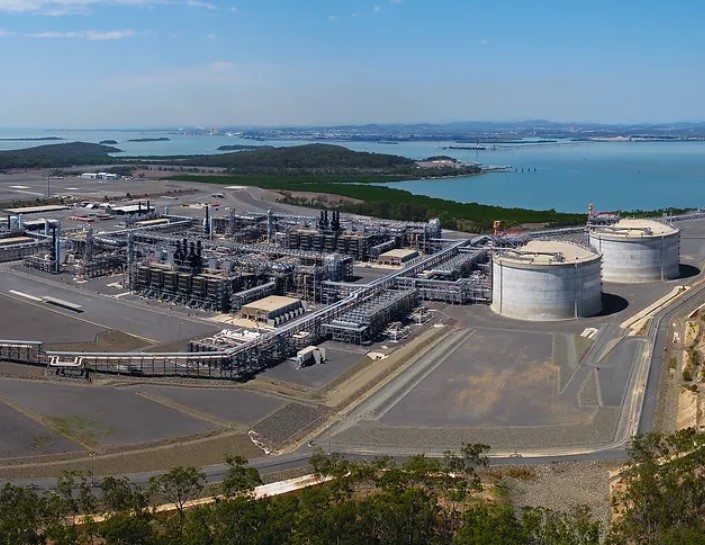Australian liquefied natural gas (LNG) export revenue decreased by 5.5 percent year-on-year in July, according to EnergyQuest.
The consultancy said in its monthly report it estimates that Australian LNG export revenue reached A$5.09 billion ($3.39 billion) in July.
This is the same as the $5.09 billion in June, but reflecting a decrease compared to July 2023 when revenue was $5.38 billion, EnergyQuest said.
EnergyQuest said last month it estimates Australian revenue reached A$5.66 billion in June.
According to the consultancy, Australia’s July 2024 shipments were 76.6 Mtpa on an annualized basis.
This compares to 81.1 Mtpa for the calendar year 2023 and 81.5 Mtpa for June 2024, it said.
EnergyQuest said July 2024 shipments represented 86.5 percent of nameplate capacity.
As winter demand for gas increased in the east coast southern states, gas flows from Queensland reached 447 TJ/d on July 18, which eclipsed the record rate of 428 TJ/d on 13 June, confirming that additional capacity on the pipeline from Queensland is operational, it said.
Prior to June there were no daily flows noted above 400 TJ/d, EnergyQuest said.
The monthly data by Gladstone Ports Corporation showed earlier this month that LNG exports from the Gladstone port in Queensland decreased 5.2 percent year-on-year in July.
Curtis Island is home to the Santos-operated GLNG plant, the ConocoPhillips-led APLNG terminal, and Shell’s QCLNG facility. These are the only LNG export facilities on Australia’s east coast.
GPC’s data shows about 1.70 million tonnes of LNG or 26 cargoes left the three Gladstone terminals on Curtis Island last month.

